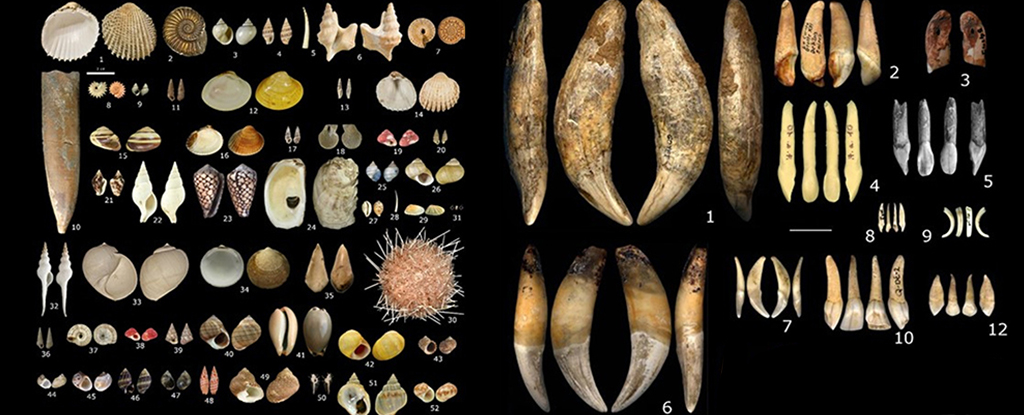Anthropology
Related: About this forumStunning Prehistoric Jewelry Reveals 9 Hidden Societies in Ice Age Europe
For eons, humans have worn personal ornaments that tether them to their people; precious items that reflect a clan identity through life and into the grave. But those cultural associations don't always follow family lines.
A new study comparing thousands of pendants from across ice age Europe, dating to between 34,000 and 24,000 years ago, suggests there were at least nine distinct cultural groups of hunter-gatherers within the broader population referred to as the Gravettians, each with their own relatively distinct styles of ornament.
Additional analyses of genetic data from burial sites reveal that some of these categories shared the same cultural embellishments even though they were of different ancestries.

https://www.sciencealert.com/stunning-prehistoric-jewelry-reveals-9-hidden-societies-in-ice-age-europe
swong19104
(398 posts)where in ice-age Europe would someone find those? I suspect they were obtained through trading. I give you some arrowheads and you give me those shells.
Botany
(73,792 posts)H. sap. were out of Africa by then and the Neanderthal’s hey days had past. Those people had
a keen eye for beauty.
stopdiggin
(13,567 posts)My thinking is the cultural norms in artisanship and fashion have always marched side by side with an inherent eye for the exotic and unique. People are eager to acquire that 'thing' that sets apart ...
(and then 3 years later they're copying it, or at least attempting to)